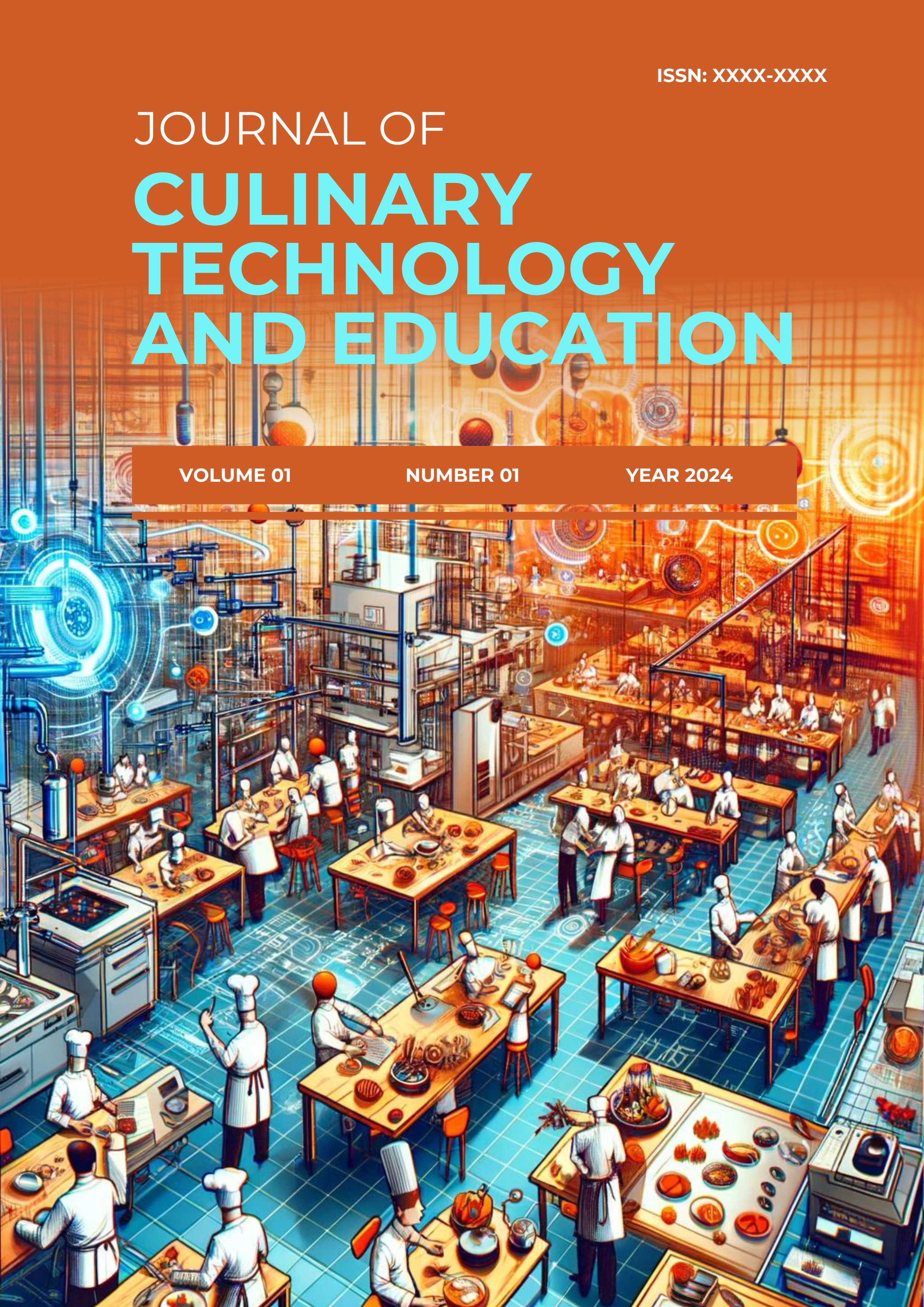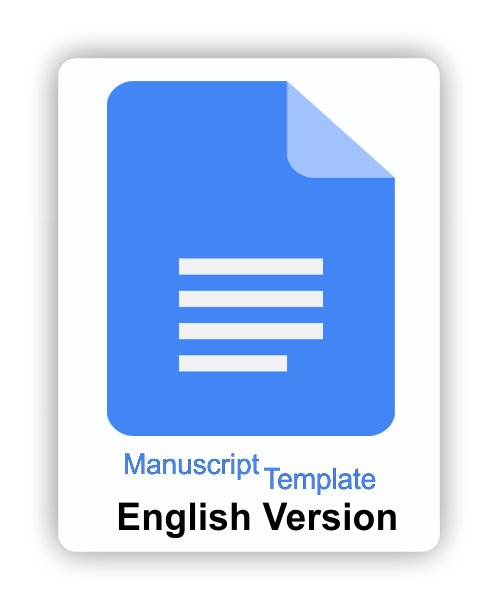Development of Animated Videos for Nutritional Value Calculation for Agricultural Processing Vocational Students
DOI:
https://doi.org/10.21831/jcte.v1i1.485Keywords:
Calculation of nutritional value information, animated educational videoAbstract
The objective of this research is to develop and evaluate the feasibility of a whiteboard animation video explaining the calculation of nutritional value information. This study employs the R&D (Research and Development) method using the 4D model (define, design, development, disseminate). The first stage, define, involves analyzing the problem, learners, curriculum, and material. The design stage includes the preparation of materials, storyboard, video script, animated images, and the formation of a production team. Development is the production phase of the media and validation by media and material experts. Dissemination involves the open distribution of the video via uploading to YouTube. The production of the video was dynamic and constrained by costs, labor, and time, necessitating further feasibility validation by users. The research results include: 1) A 12-minute and 54-second video discussing nutritional information and its calculation, uploaded to the Boga UNY YouTube channel. 2) The evaluation results show a high feasibility level, with a score of 95.56% by media experts and 96.89% by material experts. User assessments indicate a score of 90.05% by 30 students from the XII Agribusiness Agricultural Product Processing class at SMK N 1 Pandak. The video is considered highly suitable for use as an educational medium, thus not requiring immediate reproduction.
Downloads
References
Air, J., Oakland, E., & Walters, C. (2015a). How to design your own whiteboard animation. In F. Lindsay (Ed.), Sparkol Books (2nd ed., Vol. 2, pp. 1–60). Sparkol Books. http://www.sparkol.com/books
Air, J., Oakland, E., & Walters, C. (2015b). The secrets behind the rise of video scribing. In F. Lindsay (Ed.), Sparkol (2nd ed.). Sparkol Books. http://www.sparkol.com/books
Anggraeni, A. A., & Surya, R. A. (2021a). Developing a demonstration video on making dry banana preferred by Generation Z. Journal of Physics: Conference Series, 1737(1). https://doi.org/10.1088/1742-6596/1737/1/012037
Anggraeni, A. A., Sumaryana, Rinawati, W., & Murniati, D. E. (2021b). The development of video on pickled fruit production for flipped classroom. International Journal of Interactive Mobile Technologies, 15(19), 118–135. https://doi.org/10.3991/ijim.v15i19.22695
Cilliers, E. J. (2017). The challenge of teaching Generation Z. PEOPLE: International Journal of Social Sciences, 3(1), 188–198. https://doi.org/10.20319/pijss.2017.31.188198
Clark, R. C., & Mayer, R. E. (2016). e-Learning and the science of instruction (4th ed.). Wiley. https://doi.org/10.1002/9781119239086
Goldin, T., Rauch, E., Pacher, C., & Woschank, M. (2022). Reference architecture for an integrated and synergetic use of digital tools in Education 4.0. Procedia Computer Science, 200(2019), 407–417. https://doi.org/10.1016/j.procs.2022.01.239
Hansch, A., Hillers, L., McConachie, K., Newman, C., Schildhauer, T., & Schmidt, P. (2015). Video and online learning: Critical reflections and findings from the field. HIGG Discussion Paper Series, 2015–02. https://doi.org/10.2139/ssrn.2577882
Korkut, S., Dornberger, R., Diwanji, P., Simon, B. P., & Märki, M. (2015). Success factors of online learning videos. International Journal of Interactive Mobile Technologies, 9(4), 17–22. https://doi.org/10.3991/ijim.v9i4.4460
Lindsay, F. (2015). The seven pillars of storytelling. Sparkol Books, 1(1), 1–86.
LinkedIn. (2023). How do you learn from other video production professionals? LinkedIn Collaborative Articles.
Malyn-Smith, J., & Angelie, C. (2020). Computational thinking. In Encyclopedia of Education and Information Technologies (pp. 333–340). Springer Reference. https://doi.org/10.1007/978-3-030-10576-1_4
Martin, F., & Bolliger, D. U. (2018). Engagement matters: Student perceptions on the importance of engagement strategies in the online learning environment. Online Learning Journal, 22(1), 205–222. https://doi.org/10.24059/olj.v22i1.1092
Mfreke Umoh, D. J., & Bassey, M. (2020). Teaching and learning with media technology. Novateur Publications International Journal of Innovations in Engineering Research and Technology, 7(5), 2394–3696. http://www.tutor2u.net
Mourtzis, D., Vlachou, E., Dimitrakopoulos, G., & Zogopoulos, V. (2018). Cyber-physical systems and education 4.0 -The teaching factory 4.0 concept. Procedia Manufacturing, 23(2017), 129–134. https://doi.org/10.1016/j.promfg.2018.04.00
Mulyatiningsih, E. (2011). Metode penelitian terapan bidang pendidikan. Alfabeta.
Purwaningsih, S., & Anggraeni, A. A. (2021). Developing an engaging whiteboard animation video for vitamins. Journal of Physics: Conference Series, 2111(1). https://doi.org/10.1088/1742-6596/2111/1/012025
Ramlatchan, M. (2019). Multimedia learning theory and instructional message design. Instructional Message Design: Theory, Research, and Practice, 1, 1–29. https://digitalcommons.odu.edu/instructional_message_design/
Rinawati, W., Ghassani, P. M., & Anggraeni, A. A. (2021). The development of an engaging demonstration video for making shredded chicken. Journal of Physics: Conference Series, 1810(1). https://doi.org/10.1088/1742-6596/1810/1/012043
Scholz, T. M., & Vyugina, D. (2019). Looking into the future: What we are expecting from generation Z. In Generations Z in Europe: Inputs, Insights and Implications (pp. 277–284). https://doi.org/10.1108/978-1-78973-491-120191021
Sugiyono. (2014). Metode penelitian kuantitatif, kualitatif dan R&D. Alfabeta.
Tatnall, A. (2020). Encyclopedia of education and information technologies. Springer Reference. https://doi.org/10.1007/978-3-030-10576-1
TechSmith. (2020). The ultimate guide to easily make instructional videos. TechSmith. http://www.techsmith.com/blog/instructional-videos/
Widyoko, E. P. (2012). Teknik penyusunan instrumen penelitian. Pustaka Pelajar.
Downloads
Published
How to Cite
Issue
Section
Citation Check
License
Copyright (c) 2024 Journal of Culinary Technology and Education (JCTE)

This work is licensed under a Creative Commons Attribution-ShareAlike 4.0 International License.







